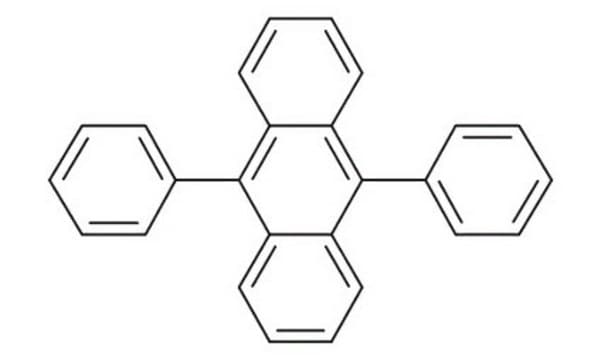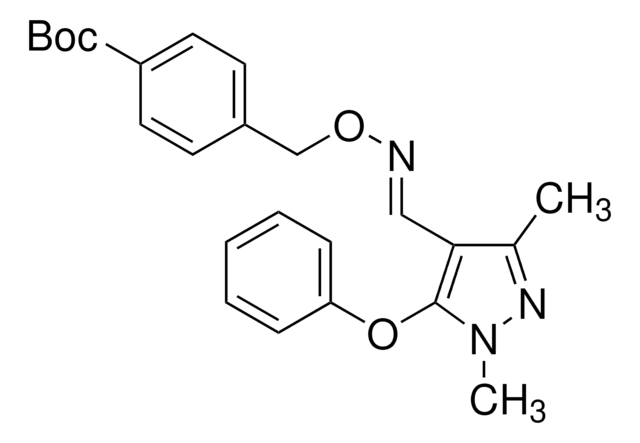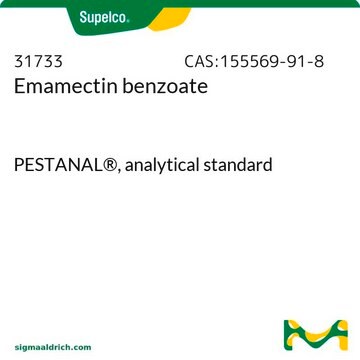31662
Lufenuron
PESTANAL®, analytical standard
Synonym(s):
1-[2,5-Dichloro-4-(1,1,2,3,3,3-hexafluoropropoxy)phenyl]-3-(2,6-difluorobenzoyl)urea
About This Item
Recommended Products
grade
analytical standard
Quality Level
product line
PESTANAL®
shelf life
limited shelf life, expiry date on the label
technique(s)
HPLC: suitable
gas chromatography (GC): suitable
format
neat
SMILES string
FC(C(F)(F)F)C(F)(F)Oc1cc(Cl)c(NC(=O)NC(=O)c2c(F)cccc2F)cc1Cl
InChI
1S/C17H8Cl2F8N2O3/c18-6-5-11(32-17(26,27)14(22)16(23,24)25)7(19)4-10(6)28-15(31)29-13(30)12-8(20)2-1-3-9(12)21/h1-5,14H,(H2,28,29,30,31)
InChI key
PWPJGUXAGUPAHP-UHFFFAOYSA-N
Looking for similar products? Visit Product Comparison Guide
Related Categories
General description
Application
Recommended products
Legal Information
signalword
Warning
hcodes
Hazard Classifications
Aquatic Acute 1 - Aquatic Chronic 1 - Skin Sens. 1
Storage Class
11 - Combustible Solids
wgk_germany
WGK 2
flash_point_f
>338.0 °F - (External MSDS)
flash_point_c
> 170 °C - (External MSDS)
ppe
dust mask type N95 (US), Eyeshields, Faceshields, Gloves
Choose from one of the most recent versions:
Certificates of Analysis (COA)
Don't see the Right Version?
If you require a particular version, you can look up a specific certificate by the Lot or Batch number.
Already Own This Product?
Find documentation for the products that you have recently purchased in the Document Library.
Customers Also Viewed
Protocols
Test your food for fipronil contamination using our analytical standards, certified reference materials, solvents, and columns for analysis.
Our team of scientists has experience in all areas of research including Life Science, Material Science, Chemical Synthesis, Chromatography, Analytical and many others.
Contact Technical Service
















